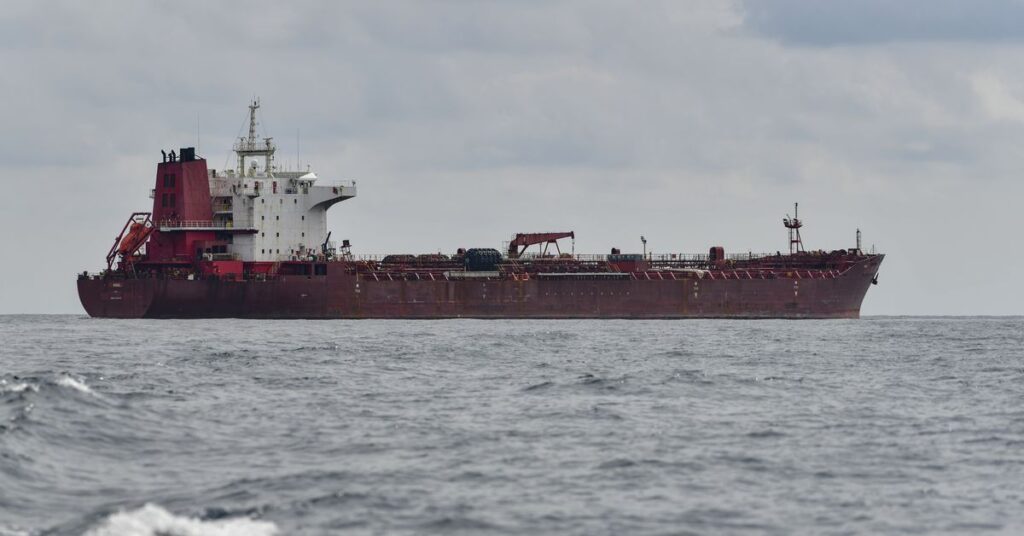On March 2, just as it was rounding the northern tip of Denmark, an oil tanker called the Andromeda Star collided with another ship. Thankfully, the 700,000-barrel capacity Andromeda Star was empty at the time, as it was making its way to Russia to pick up oil for export. If it had been on its way back, its cargo hold full of crude, a little-noticed maritime incident might have become a much bigger story, one that connects to both the ongoing war in Ukraine and the world’s unbroken dependence on oil.
The Andromeda Star is part of what has been called the “shadow fleet” transporting Russian oil to world markets. This fleet emerged in response to the international sanctions slapped on Russia’s oil industry in the wake of the full-scale invasion of Ukraine, to reduce the profits from its most valuable international commodity. The commodities trading company Trafigura has estimated the size of the fleet at around 600 ships, though some estimates are much higher.
The shadow fleet is of growing concern not only because of the revenue that these oil shipments bring to Moscow, which fuels its more than two-year-old war, but because of the nature of the ships themselves.
“They tend to be older, they may also be less well maintained, they are run by less experienced crews, and they carry less insurance than they should,” Erik Broekhuizen, head of tanker research at Poten & Partners, an oil and gas consulting firm, told Vox.
The 15-year-old Andromeda Star was a relative spring chicken by shadow fleet standards. “The lifespan of a ship is typically 20- to 25-year range, but most reputable ship owners typically sell ships around 15 years,” said Broekhuizen. “In a normal market, they’d then be recycled.”
But the shadow fleet has created a booming market for old tankers, including many that are over 20 years old. The average age of tankers departing the Russian Baltic Sea port of Kaliningrad is now close to 30 years old. That makes it more likely…
Read the full article here





